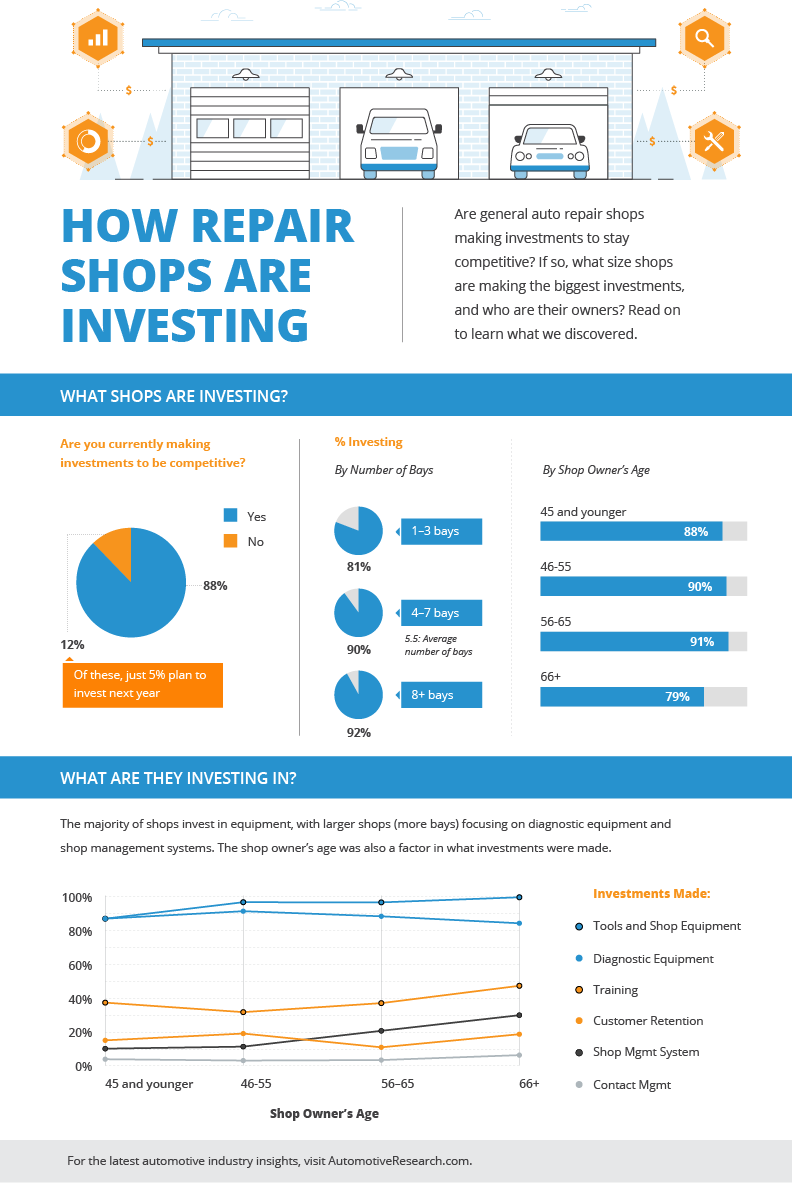Grasping The Importance Of Your Cars And Truck'S Warning Signals: What They Really Stand For
Grasping The Importance Of Your Cars And Truck'S Warning Signals: What They Really Stand For
Blog Article
Content Writer-Higgins Gilbert
When you lag the wheel, those glowing warning lights on your control panel can be a little bit perplexing. Do you understand what they're attempting to inform you concerning your car's health? Comprehending the significance of these lights is crucial for your safety and the longevity of your car. So, the next time among those lights pops up, would not you wish to understand its message precisely and take the required steps to resolve it?
Common Caution Lights and Interpretations
Identify typical caution lights in your automobile and understand their definitions to make sure secure driving.
The most normal warning lights consist of the check engine light, which signals problems with the engine or exhausts system. If this light begins, it's important to have your vehicle checked quickly.
The oil stress advising light suggests reduced oil stress, calling for instant attention to stop engine damage.
A flashing battery light may recommend a malfunctioning charging system, potentially leaving you stranded otherwise resolved.
The tire stress tracking system (TPMS) light informs you to low tire stress, impacting lorry stability and gas effectiveness. Ignoring this can result in hazardous driving conditions.
The abdominal muscle light suggests a trouble with the anti-lock braking system, jeopardizing your capacity to quit swiftly in emergencies.
Finally, the coolant temperature warning light warns of engine getting too hot, which can cause serious damage otherwise dealt with promptly.
Understanding these usual caution lights will help you attend to problems quickly and keep secure driving problems.
Importance of Prompt Focus
Comprehending the typical caution lights in your automobile is only the primary step; the importance of quickly addressing these warnings can not be stressed enough to guarantee your safety when driving.
When a warning light illuminates on your control panel, it's your car's way of communicating a prospective problem that needs focus. Neglecting these warnings can cause much more extreme problems in the future, endangering your safety and security and possibly costing you more out of commission.
Trigger attention to advising lights can prevent breakdowns and accidents. For instance, a flashing check engine light might suggest a misfire that, if left neglected, can cause damage to the catalytic converter. Resolving https://edgarwqkfy.blogsuperapp.com/30777847/the-most-typical-misunderstandings-concerning-vehicle-repair-service-debunked can conserve you from a pricey repair service.
In a similar way, a brake system alerting light could indicate low brake liquid or worn brake pads, important parts for your security when driving.
DIY Troubleshooting Tips
If you observe a caution light on your dashboard, there are a couple of do it yourself fixing pointers you can try prior to looking for specialist assistance.
The very first step is to consult your automobile's manual to recognize what the certain warning light suggests. Sometimes the problem can be as easy as a loose gas cap activating the check engine light. Tightening the gas cap may settle the issue.
An additional common concern is a low battery, which can cause numerous warning lights. Examining vehicle grooming for rust and guaranteeing they're safe and secure could repair the problem.
If a caution light lingers, you can try resetting it by disconnecting the cars and truck's battery for a few mins and afterwards reconnecting it. Furthermore, inspecting your lorry's liquid levels, such as oil, coolant, and brake fluid, can aid troubleshoot cautioning lights associated with these systems.
Final thought
To conclude, understanding your car's warning lights is important for maintaining your lorry running efficiently and securely. By promptly addressing these alerts and understanding what they mean, you can avoid costly fixings and possible failures.
Keep in mind to consult your car's handbook for particular information on each cautioning light and act appropriately to make sure a trouble-free driving experience.
Remain notified, remain safe when driving!
